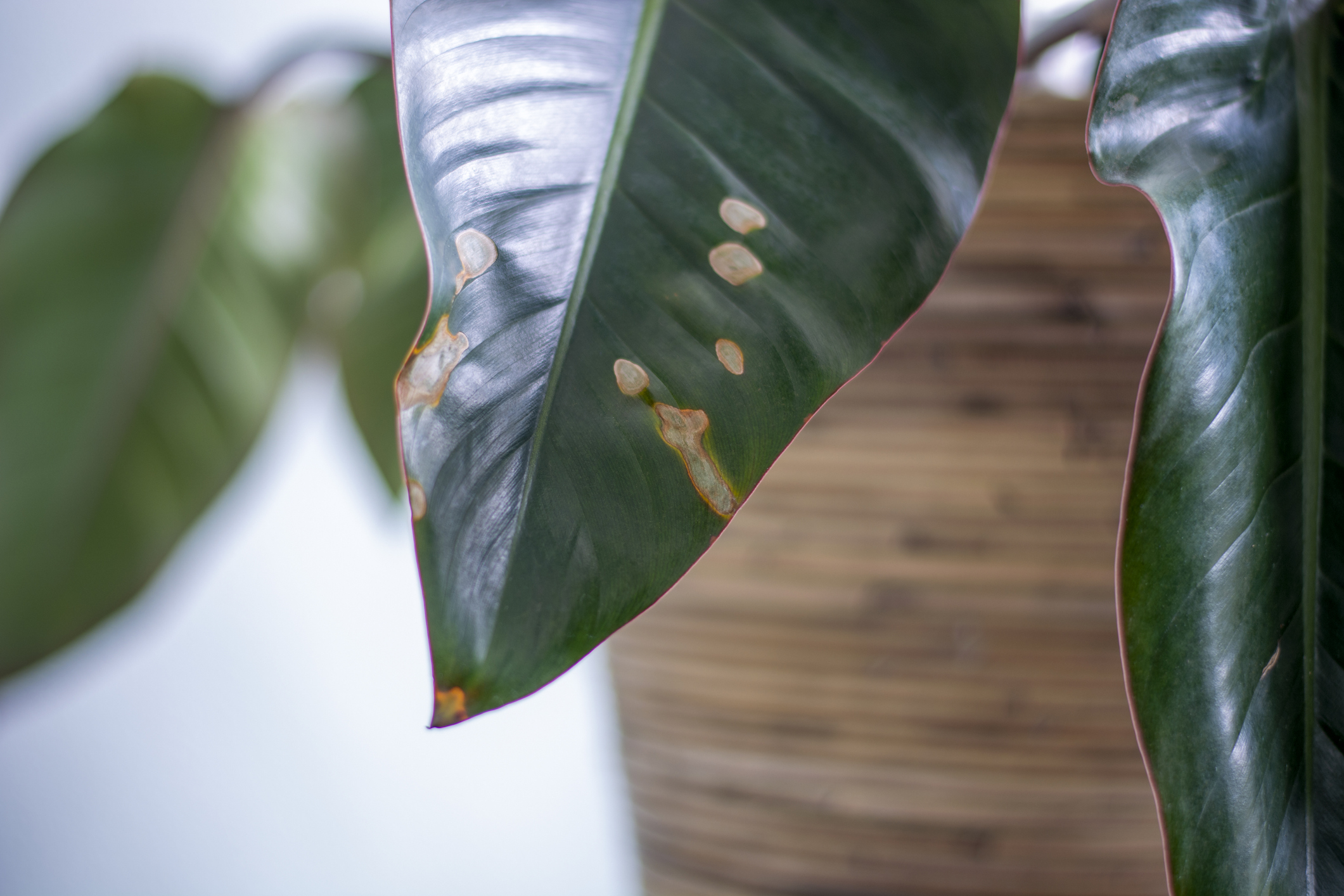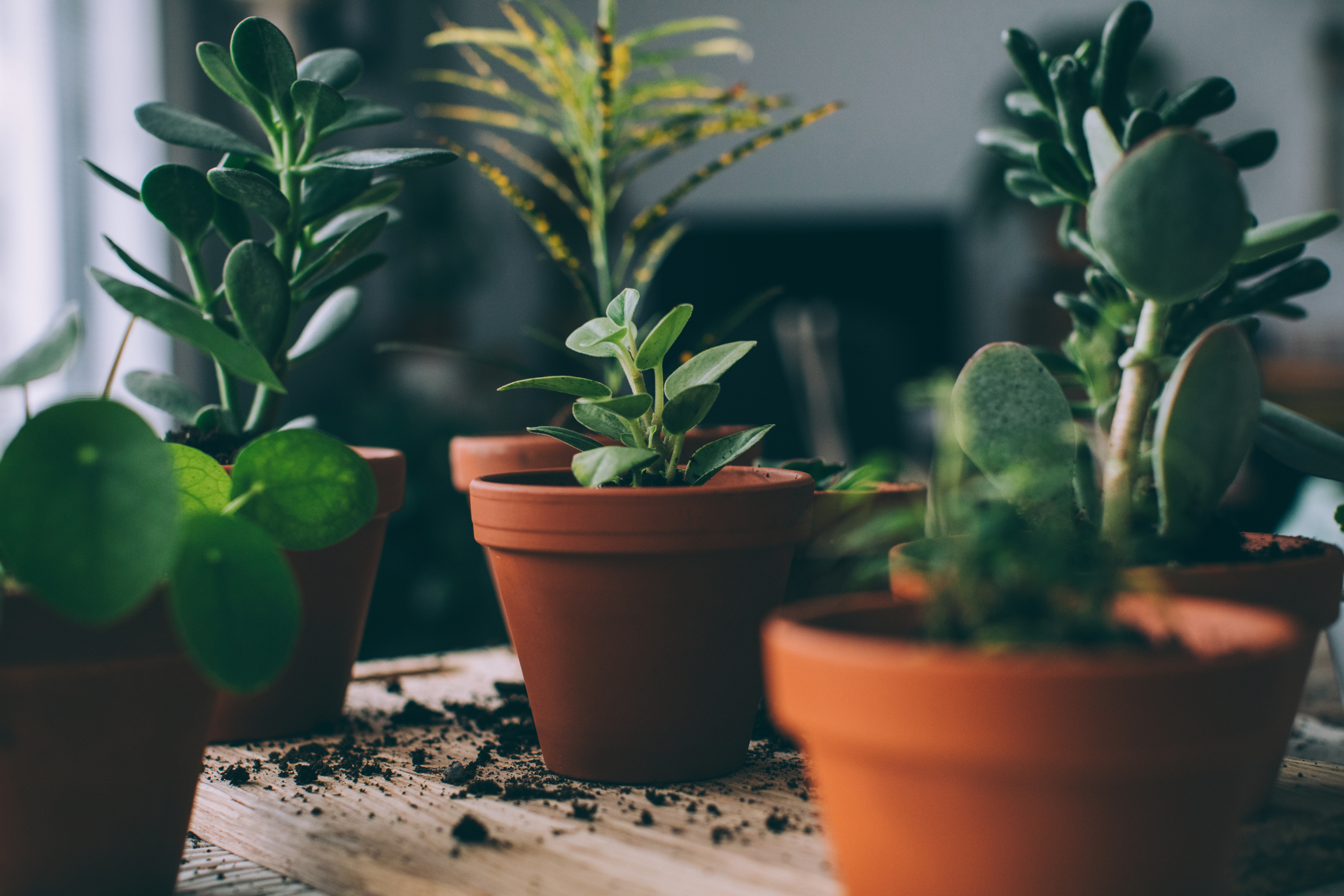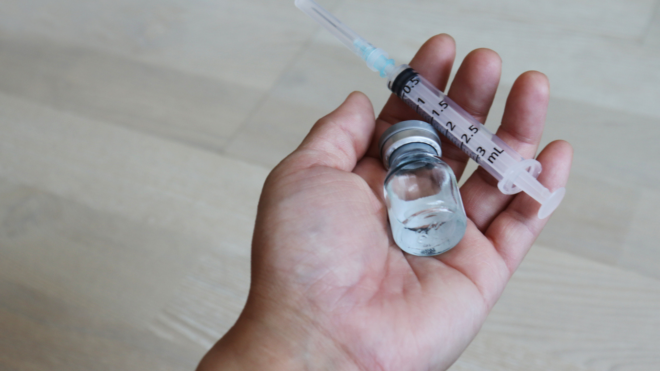
Houseplants have become popular again. That is what happens when we’ve been locked up for over a year: What’s old is suddenly new again. Everything from roller skating, flared jeans, tie dye, and houseplants all make a strong comeback. Maybe it’s the desire to return to simpler times or to escape from our current reality. I'm here for it and a lot of you are too.
Myself, I have what my children lovingly refer to as the “Florida exhibit” happening in my dining room bay window. Hey, it gets great sunlight, and with all this “extra” time on my hands (finding my entire life suddenly virtual) I thought, why not raise some plant babies? Couldn’t we all use some fresh air to give those deep breaths new life? So I bought some, and now I am the proud plant mom to about 15 plants. However, just like when I became a human mom, I had no idea what I was doing other than what I’d read in books. What follows are 20 common houseplant problems and how to solve them.
Yellowing Leaves

It happens often. Your beautiful houseplant leaves suddenly turn yellow. This can be caused by overwatering. To solve the issue, start by only watering the plant when it needs it. Check the soil by sticking your finger into it. If it’s dry, water it. If not, don’t. Also, trim off the yellow parts.
Leaning Plant

If you suddenly notice that a houseplant is leaning or falling right over, it probably needs a little help from you. Sometimes when plants start to grow suddenly, they get tall and gangly and need help to stay upright. This can be easily accomplished with the help of a stake or two.
Browning Leaves

Yellow leaves can signify overwatering, but leaves that are browning can indicate that the plant is suffering the opposite problem: dehydration from not enough water. It's easy to solve this problem. Trim the brown leaves and remove them from the plant. Once that's done, water the plant.
Plant Getting Mushy

If a houseplant is getting mushy leaves, it could be a symptom of root rot. This situation is caused when a plant is overwatered. Although root rot is hard to recover from, it is not impossible. To resolve the condition, begin by inspecting and removing the affected roots and letting the plant dry out.
Slow Growth

If the growth of a plant baby suddenly comes to a screeching halt, it could have a bad case of fungus gnats. They’re easy to spot, and if you’ve seen the gnats flying around, chances are the larvae have hatched and are having a parasitic relationship with the houseplant. That drains nutrients and stunts the growth of the plant. The solution is to dry out the soil a bit as gnats love damp soil.
Pale Leaves

If a houseplant looks like it’s losing its vibrancy and fading to a paler hue, it could be a lighting issue. If a plant isn’t getting enough sunshine, the chlorophyll that provides that beautiful green color begins to fade. The solution is to make sure the houseplant is getting its required amount of light.
Leaf Edges Turning Brown

Is a houseplant looking a little brown around the edges? If so, the temperature in the house might be too hot. This same issue can cause the plant’s lower leaves to begin to wilt and fall off. Check the thermostat and regulate the temperature so it stays between 65 and 80 degrees Farenheit.
Leaves Dropping

If a plant's leaves suddenly turn yellow and start to fall off, it could be that the house is too cold. Whenever the temperature changes more than 10 degrees, just like humans, it stresses out the plant, and the reaction is dropping leaves. The solution is to keep house temps between 65 and 80 degrees Fahrenheit.
Spotty Leaves

If a houseplant has spotty leaves and is starting to resemble a cheetah, it probably has a fungi. The symptoms are reddish brown, black, or tan spots on the leaves of the plant. The solution is to immediately remove those discolored, affected leaves and let the healing process begin.
Stretching

Stretching is what happens when a plant suddenly experiences rapid intermodal growth. This results in the houseplant growing awkwardly tall, long, or spindly, resulting from trying to move toward the light. The solution is to move the plant closer to the window or to another spot with better light.
More Dangers of Overwatering

It’s important to make sure that houseplants are watered to help them stay healthy and thriving, but too much of a good thing isn’t always better. If brown spots are popping up all over a plant's leaves, stop watering as often. If you keep watering it too much, root rot will be next.
Nutrient Deficiency

If the leaves of a houseplant begin to look discolored, that could be a warning sign that it needs one of the three essential houseplant nutrients. Those are nitrogen, phosphorus, and potassium. The solution is easy — just add fertilizer full of nutrients to the soil of the plant.
Non-Absorbent Soil

A houseplant could be suffering from being in non-absorbent soil. If you know you are giving the plant plenty of water and there’s no obvious root-bound situation, it could definitely be the soil that's the issue. If that’s the case, one solution is to try using peat to remoisten it.
Curling Leaves

Curling and distorted leaves can be a sign that a plant baby has insects. It's like getting the lice letter from school. First, inspect the plant for insects. Then inspect further for signs of disease, such as black or fuzzy spots. The solution is to let a trained gardener inspect the plant to tell you which remedy is needed.
Not Reaching Its Full Potential

If you notice that a houseplant’s leaves are failing to grow to their expected size, turning yellow immediately, or falling off before fully opened, the plant may just need some direct sunlight. The solution is to change the plant’s location to give it more exposure to sunlight.
Dry Air

Houseplants like humidity, and most don’t do well in dry air. For maximum growth and thriving potential, moist and humid air is the ideal situation. If leaves are slightly browning and crunchy around the edges, the plant needs more humidity. Make sure that the plant is not near a heating vent or radiator, spritz often, and introduce a humidifier into the room where the plants sit.
Powdery Mildew

If you start to see something that looks like white chalk on plant leaves, that's powdery mildew. The fungus spreads easily and can kill the plant, so it's important to eliminate it as soon as possible. Its causes include low light, dry conditions, and poor air circulation. Isolate an infected plant, pinch off affected leaves, and don't mist the plant. Keep its leaves from getting wet while watering. Use a small fan or move the plant to a spot with better airflow.
Temperature Issues

Rapidly changing temperatures can wreak havoc in a plant's life, especially when they are constant. An easy solution to combat the negative impact of changing room temperatures is to not move plants between rooms. The best time to move plants between rooms is at night, because in nature a slight drop in temperature naturally happens when the sun goes down. Moving to a cooler room at that point has less of a negative effect.
Wilting Leaves

Wilting leaves can be caused by a number of different things such as not enough water, overwatering, heat, stress, poor drainage, and even lack of humidity. The solution is dependent on the cause. Check soil for dampness or dryness and adjust watering habits as needed. Other troubleshooting could include lowering the temperature of the room, repotting the plant, or misting it.
Pot Bound

When houseplant roots outgrow their pot and form a solid mass taking up all the soil, the plant is pot bound. This will halt growth and can even kill the plant. To check if this has happened, get the plant out of the pot and check the roots. If it’s very pot bound it may be stuck in the pot. The solution is to move the plant to a larger pot. Prune the roots and repot in the same container, or divide the plant and move it to more than one pot.




